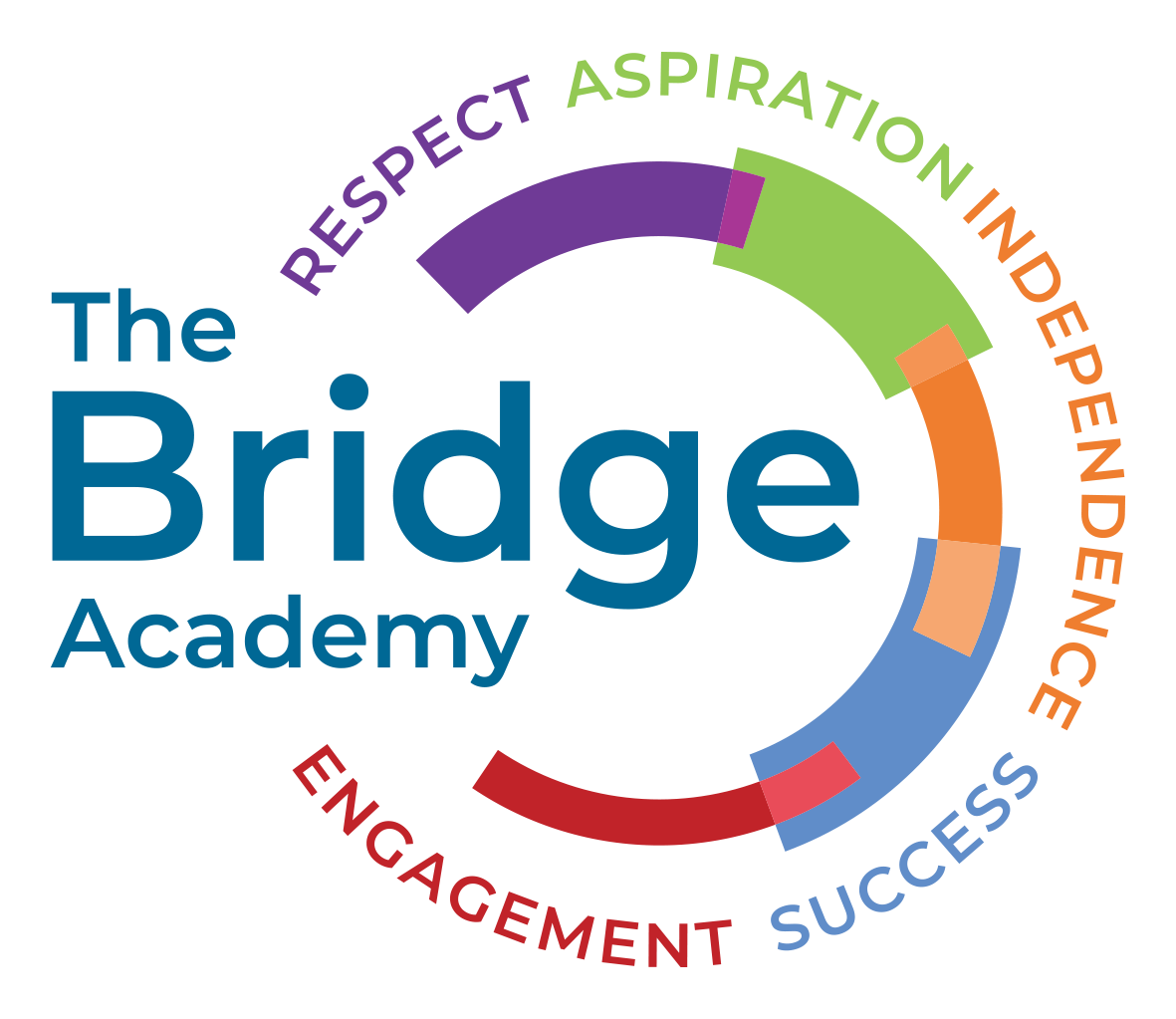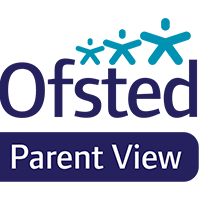Little Bridge Curriculum Intent and Implementation 2022-23
Little Bridge Curriculum Intent:
At Little Bridge it is our aim to encourage pupils to feel safe so that they can connect with the learning process. This relationship building forms the core of our approach to learning and we ensure that our pupils learn about social and emotional aspects of learning as well as develop their skills in literacy and numeracy.
Our pupils come to us with a variety of ‘gaps’ in their academic knowledge and we use baseline assessments in reading, phonics and Maths to enable us to plan a starting point for each pupil’s personalised curriculum. We recognise that pupils may have barriers to learning that are entrenched and we try through our approach to the curriculum to ensure that pupils are not penalised for work avoidant behaviour.
Little Bridge Curriculum Map – what do our pupils need to learn?
Pupils at Little Bridge need to learn foundation skills to enable them to communicate and interact successfully, read, write and understand numeracy. The majority of pupils at Little Bridge are working between P7 and NC2 and are not performing at their chronological age, with moderate difficulties in learning.
We deliver a modified curriculum which is designed to teach the building blocks of literacy and numeracy through a range of multi-sensory and play based learning activities and interventions. We use a relational approach and PSHE/RE curriculum to underpin developing social skills, self-control and confidence with all pupils and this includes PE and topic-based projects.
Pupils progress through the small step outcomes in the A2E SEND Toolkit framework that is appropriate to their stage of learning and all pupils access four units of RE/PSHE as detailed in our PSHE/RE policy outline. We use the McSherry RRS to enable us to target and measure progress in soft skills.
Little Bridge Curriculum Implementation:
At Little Bridge we value the special interests of our pupils and wherever possible, we will use this to drive how we implement our curriculum.
Our base rooms follow a different delivery model for personalised learning, so the curriculum offer in each classroom is shaped as follows:
KS1 Base: Explicit daily sessions in Phonics, Literacy and Numeracy
- Circle Time
- Phonics (group or 1:1 intervention)
- Literacy
- Numeracy
- Continuous Provision
- Choosing time
KS2 Base: Project- based learning to encourage engagement in core subjects/social skills
- Settling in social activities
- Topic based learning
- Teamwork activities
- 1:1 intervention for reading, Maths and catch-up phonics where needed
Our curriculum delivery model places importance on multisensory and experiential learning where possible, as well as reducing the stress around the learning process by ‘disguising’ learning in games and team work.
Our curriculum implementation also allows pupils to work in a range of different groups in experiencing activities across the week which are bespoke to their developmental needs and interests. These activities are as follows:
On/off site activities:
- PE and Sport (Football Academy, Running Club)
- Boxing Club
- Special Needs Adventure Playground
- Forest Schools
- Cookery
- Storytelling
- Games Club
We are reflective and respond to pupil feedback to continually shape our approach to curriculum planning.
We use Motional to screen our pupils SEMH profiles and all pupils are able to access a range of specific SEMH interventions across each week which include:
- Lego Therapy
- 1:1 Mentoring
- Sand Tray therapy
- Anxiety Gremlin group work
When a pupil joins Little Bridge, we identify a pathway through the curriculum which will be a combination of taught lessons, activity experiences and interventions.





